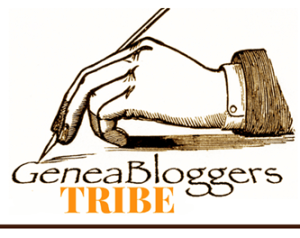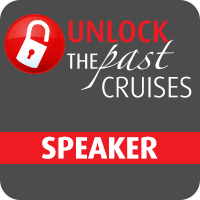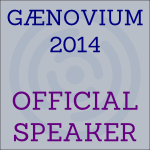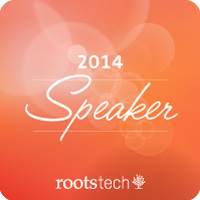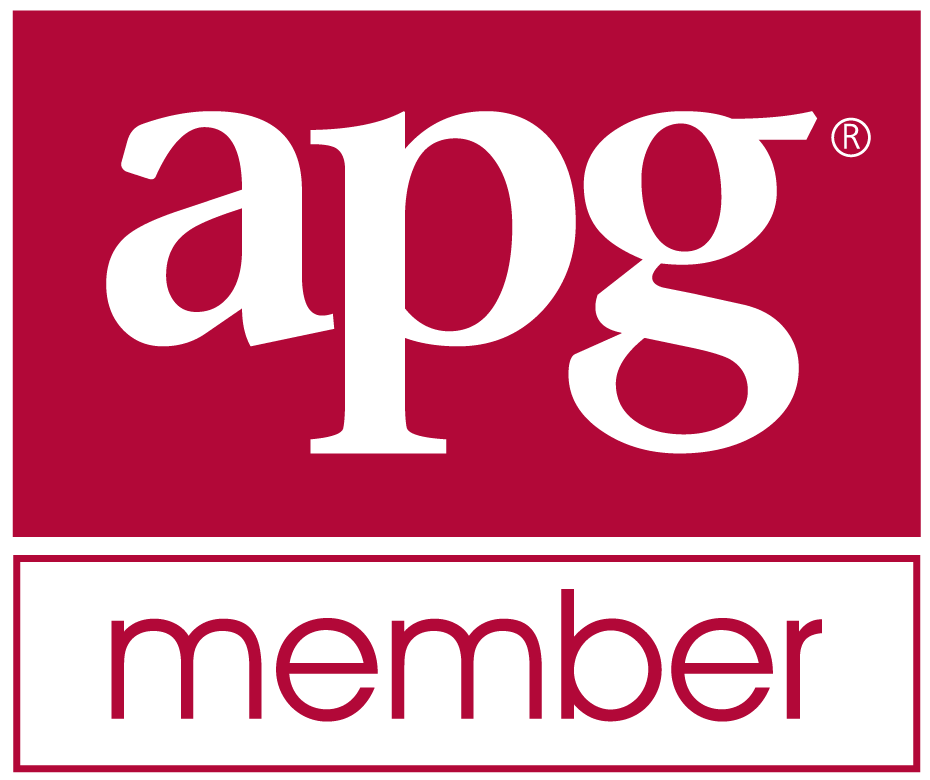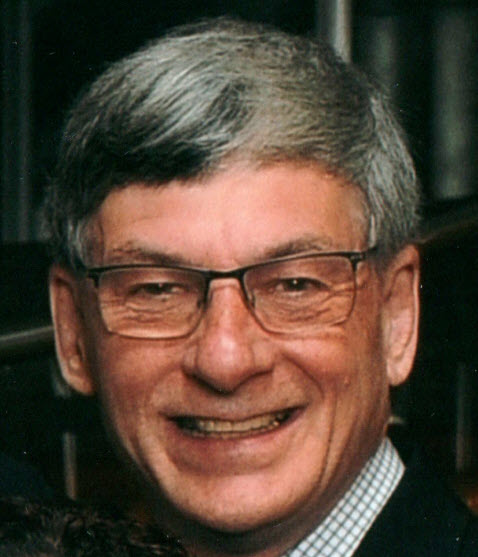26 Hours in Toronto–The OGS 2016 Conference - Sun, 5 Jun 2016
Wow! #OGS2016Toronto - What an experience! This was a superb conference.
My time there was so chock full that I barely had time to breathe. I met and talked to so many people, but even so, there were so many more I would have liked to talk to.
I only made plans a couple of months ago to go to the Ontario Genealogical Society’s 2016 Conference in Toronto. It was a three day conference, but I knew I wouldn’t be able to go on the Friday, but there was enough on the Sunday that I just had to use some airmiles and go.
I was only in Toronto for 26 hours, but so much happened, I felt like I was a way for a week. My tweets from the Conference tell much of the story.
I landed in Toronto Saturday at 3:30 p.m.
First person I saw here at #OGS2016Toronto was Ruth Blair @PassionateGenea who gave me blogger beads. She found 12 geneabloggers so far.
— Louis Kessler (@louiskessler) June 4, 2016
Made it in time to catch the last bit of Saturday programming at #OGS2016Toronto - Here’s Judy Russell on Ethics pic.twitter.com/DHp2pW7z8U
— Louis Kessler (@louiskessler) June 4, 2016
Then I had time to the speed through the really great Expo Hall before it started closing up for the day.
The 10,000 sq foot overflowing expo hall cannot be properly visited in just one hour #OGS2016Toronto @OGSConference pic.twitter.com/mBX1Ce4kIN
— Louis Kessler (@louiskessler) June 4, 2016
I can see the GenealogyGems business is in good shape after having a pleasant talk with the daughter of @LisaCooke at #OGS2016Toronto
— Louis Kessler (@louiskessler) June 5, 2016
Nice to talk to George, Uri and @MyHChiefGen of MyHeritage today at #OGS2016Toronto and I’ll try to talk to Esther tomorrow.
— Louis Kessler (@louiskessler) June 5, 2016
GlobalGenealogy has a huge display filling 10 tables at #OGS2016Toronto - Sandra loved their last 20 years working with @UnlockThePast
— Louis Kessler (@louiskessler) June 5, 2016
"Don’t spit on the street. It’s a waste of DNA", says Joanne from Ancestry.ca #OGS2016Toronto
— Louis Kessler (@louiskessler) June 5, 2016
Unfortunately I hadn’t bought a ticket for the Saturday evening Banquet, because I didn’t really expect to be going to anything on the Saturday. I had only registered for the Sunday. But I went to the pre-banquet social time and talked to many people.
Nice to finally meet John D Reid https://t.co/6tfqYXNjqI the original genealogy rock star here at #OGS2016Toronto
— Louis Kessler (@louiskessler) June 5, 2016
Talked 10 minutes DNA with expert David Pike at #OGS2016Toronto Later learned he teaches combinatorics. Now I need to talk more with him
— Louis Kessler (@louiskessler) June 5, 2016
Hit the sack and woke up early for a full Sunday. I saw that Lara Diamond had just that morning blogged about the conference so far:
New Post: Here is what I’ve leaned so far at @OGSConference! #genealogy https://t.co/lWQwjWoZgd pic.twitter.com/ed1RKPi13x
— Lara Diamond (@larasgenealogy) June 5, 2016
I’ll be attending both of Lara Diamond’s talks today @larasgenealogy @OGSConference #OGS2016Toronto pic.twitter.com/srxfFGjqd4
— Louis Kessler (@louiskessler) June 5, 2016
Listened to Israel Pickholtz @allmy4parents explaining DNA research with endogamy #OGS2016Toronto @OGSConference pic.twitter.com/4v47G7ctGS
— Louis Kessler (@louiskessler) June 5, 2016
The most amazing thing about Israel Pickholtz @allmy4parents: off the top of his head, he can remember EVERY relative! #OGS2016Toronto
— Louis Kessler (@louiskessler) June 5, 2016
I squeezed in 10 minutes to talk to Esther.
Had a nice talk with Esther at the @MyHeritage booth. Moved from Toronto to Israel 13 yrs ago. 8 yrs with MyHeritage #OGS2016Toronto
— Louis Kessler (@louiskessler) June 5, 2016
At 1:15 was the Panel on the Future of Genetic Genealogy that Behold Genealogy got to sponsor. It deserves it’s own blog post, so my next post will be on this. At 2:30 CeCe Moore gave the Conference closing keynote: "Lessons from the Cutting Edge". 700 people were packed into the room.
"Lessons from the Cutting Edge" - the closing Keynote by CeCe Moore @CeCeLMoore #OGS2016Toronto @OGSConference pic.twitter.com/XJ4D3YXyQV
— Louis Kessler (@louiskessler) June 5, 2016
Even the bus to the airport was eventful.
Had a real nice talk with Dave Obee @CanGenealogy on way to airport. #OGS2016 Everyone said his Banquet keynote last night was great
— Louis Kessler (@louiskessler) June 5, 2016
Paul Jones and crew put on a fantastic event and deserve a medal.
What a great conference @OGSConference !!! I had the time of my #genealogy life #OGS2016Toronto
— Daniel Horowitz (@MyHChiefGen) June 5, 2016
Great @OGSConference! Gr8 audience for my talks & wonderful to hear @CeCeLMoore, @allmy4parents and more & to see @marlawd & @louiskessler
— Lara Diamond (@larasgenealogy) June 6, 2016
Paul Jones, Conference Chair, closing the conference.

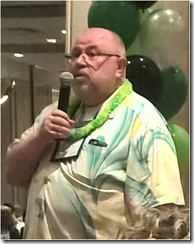

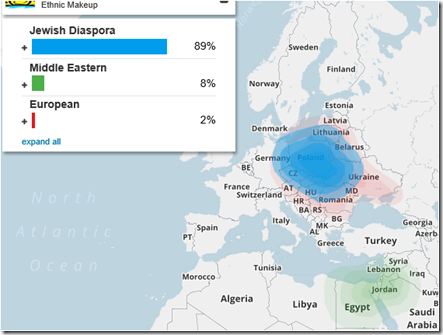
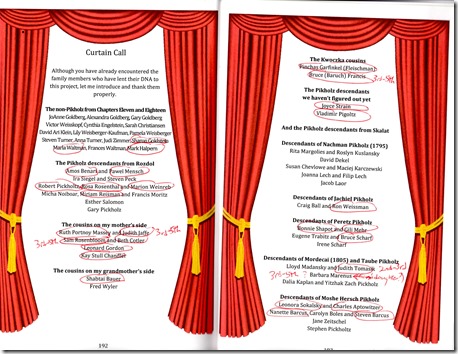
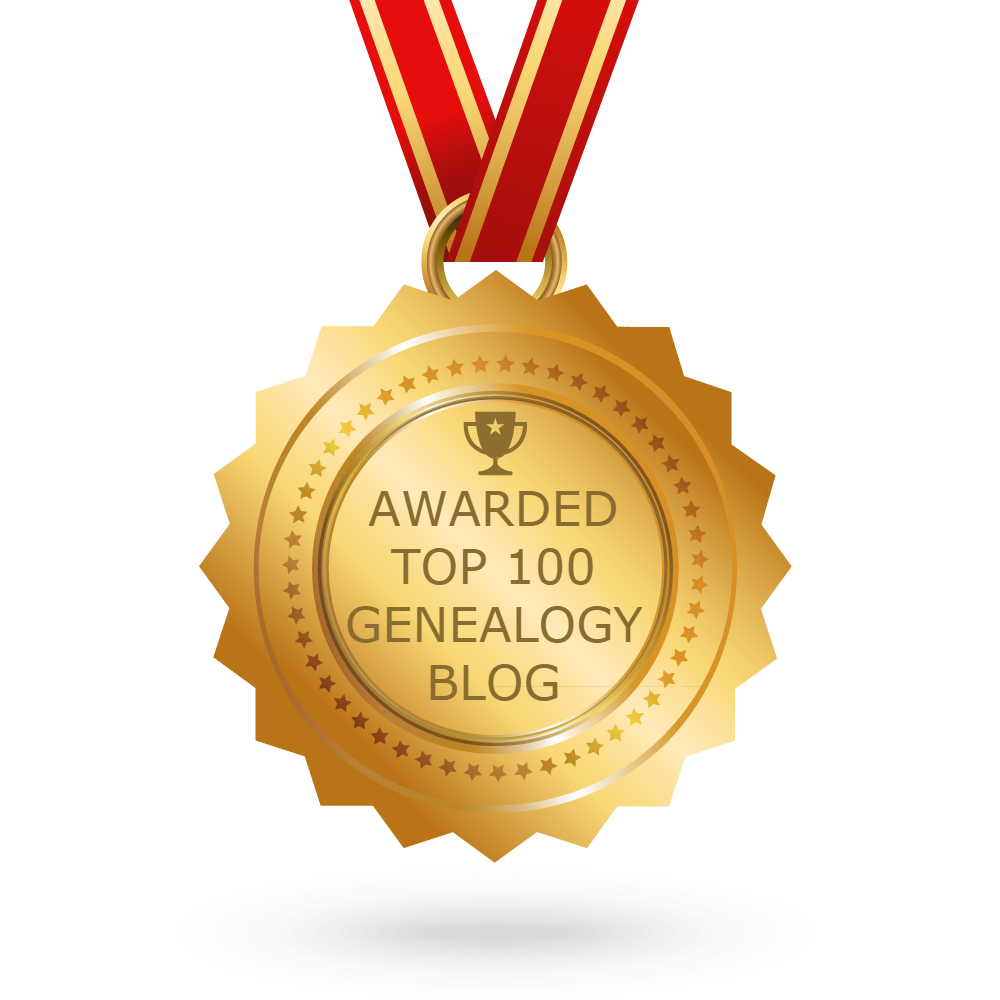 Feedspot 100 Best Genealogy Blogs
Feedspot 100 Best Genealogy Blogs